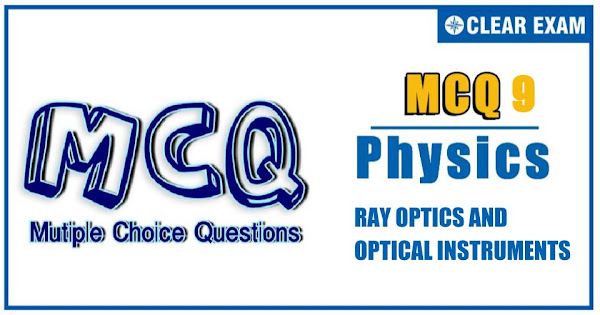JEE Advanced Physics Syllabus can be referred by the IIT aspirants to get a detailed list of all topics that are important in cracking the entrance examination. JEE Advanced syllabus for Physics has been designed in such a way that it offers very practical and application-based learning to further make it easier for students to understand every concept or topic by correlating it with day-to-day experiences. In comparison to the other two subjects, the syllabus of JEE Advanced for physics is developed in such a way so as to test the deep understanding and application of concepts..
Q1. In figure, ABC is the cross section of a right-angled prism and ACDE is the cross section of a glass slab. The value of θ so that light incident normally on the face AB deos not cross the face AC is (given sin^(-1)(3/5)=37°)
Q2.A plano-concave lens is placed on a paper on which a flower is drawn. How far above its actual position does the flower appear to be?
Q3. A ray of light travelling in water is incident on its surface open to air. The angle of incidence isθ, which is less than the critical angle. Then there will be
Q4. In the figure shown, a point object O is placed in air. A spherical boundary separates two media. AB is the principal axis. The refractive index above AB is 1.6 and below AB is 2.0. The separation between the images formed due to refraction at the spherical surface is
Solution
Use refraction formulae separately; that is for air and μ=1.6; and for air and μ=2.0 and positions of the two images
Use refraction formulae separately; that is for air and μ=1.6; and for air and μ=2.0 and positions of the two images
Q5. An object is placed at a distance of 15 cm from a convex lens of focal length 10 cm. On the other side of the lens, a convex mirror is placed at its focus such that the image formed by the combination coincides with the object itself. The focal length of the convex mirror is
Q6. In figure, find the total magnification after two successive reflections first on M_1 and then on M_2
Q7. When light is refracted from air into glass
Solution
Its wavelength decreases but frequency remains unchanged
Its wavelength decreases but frequency remains unchanged
Q8. A circular beam of light of diameter d=2 cm falls on a plane surface of glass. The angle of incidence is 60° and refractive index of glass is μ=3/2. The diameter of the refracted beam is
Q9.An object is placed 30 cm to the left of a diverging lens whose focal length is of magnitude 20 cm. Which one of the following correctly states the nature and position of the virtual image formed?
Q10. What should be the value of distance d so that final image is formed on the object itself. (Focal lengths of the lenses are written on the lenses)
Solution
10 cm
10 cm

















